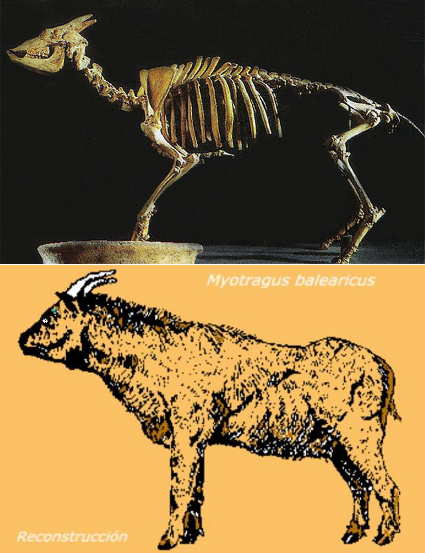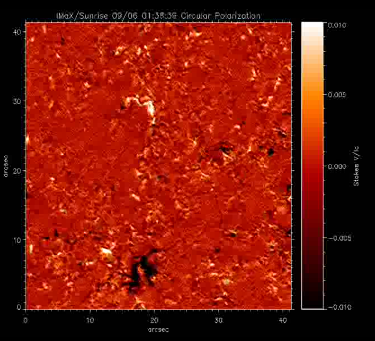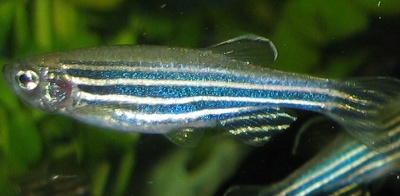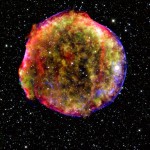
This supernova remnant combines infared and x-ray observation.
It has been thought that we might already know all there is to know about how a stellar explosion occurs. Published Wednesday in the June edition of Nature, Caltech postdoctoral scholar Robert Quimby and his colleagues explained that there are indications of a new class of supernovae; a class 10 times brighter than any other exploding star studied. This indication was discovered when Robert Quimby, an astronomer at the California Institute of technology, found there were abnormalities with the elements in a handful of recently exploded stars.
What we know about how a supernova occurs is what astronomers call the chemical finger print. The chemical finger print of a supernova tells us what the supernova is made of, how far away the supernova is, and what happens when the supernova occurs. Looking at supernovae from a more generalized perspective astronomers have categorized them into being either white dwarf or massive star explosions with no hydrogen in their spectra, or they are exclusively massive stars that (more…)

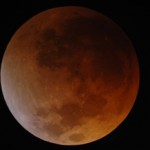
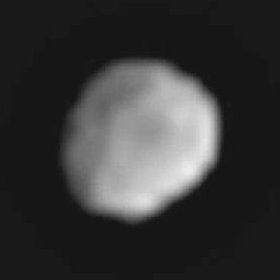 Dawn spacecraft
Dawn spacecraft
